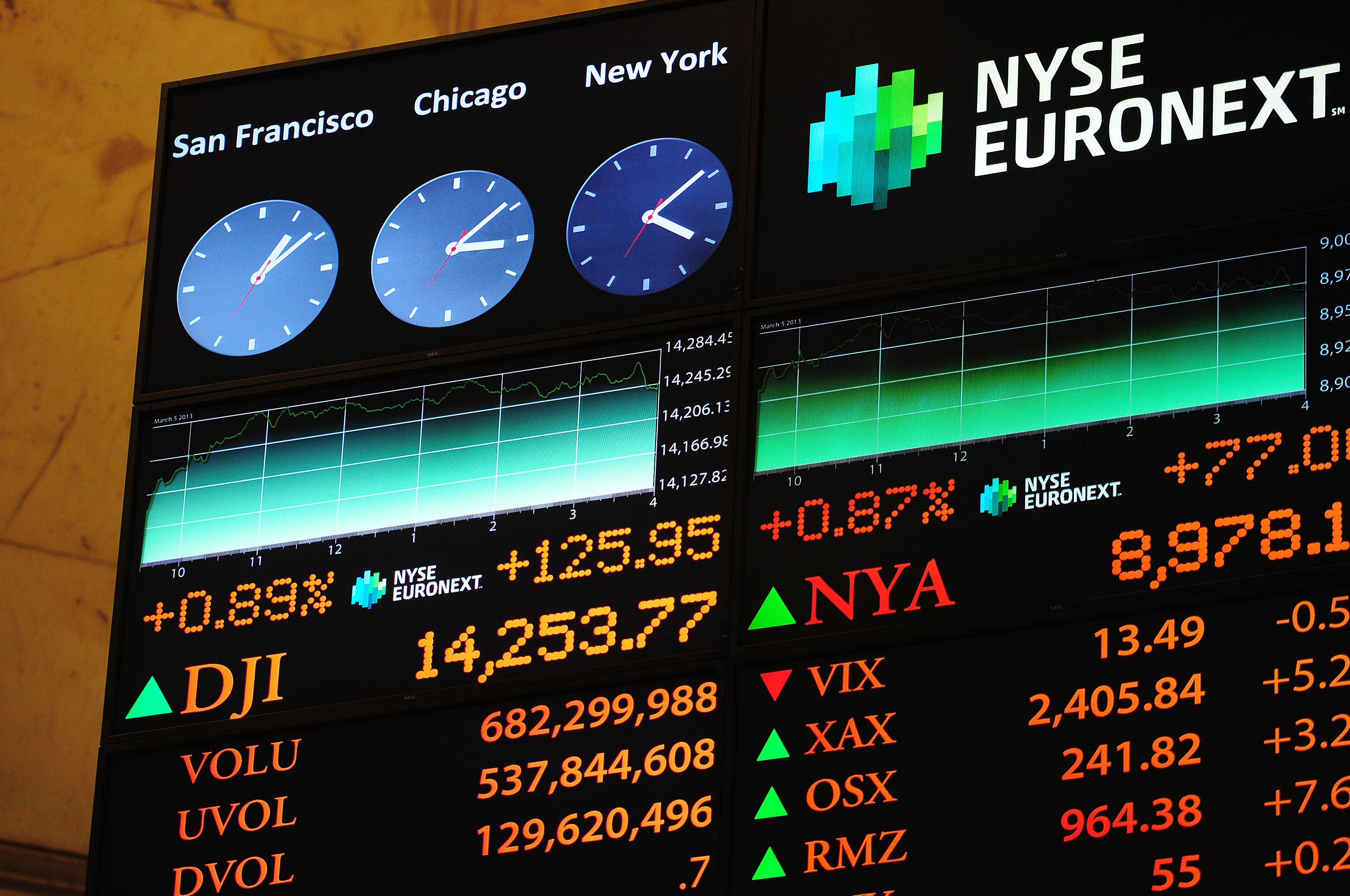Matthew Yglesias is on vacation.
The Dow Jones Industrial Average closed at a record today at 15,747. There’s really no good reason for the high, except that investors are expecting continued quantitative easing. It would not be terribly surprising for the Federal Reserve to continue the stimulus—contrary to some earlier expectations—partially because of the government shutdown.
The shutdown and its economic cost, which some believe could reach $24 billion, combined with broader economic uncertainty, are plenty sufficient reasons in the Fed’s eyes to keep the stimulus going. In June the reason was low inflation. May the game of Whac-a-Mole monetary policy continue!
Tuesday, two papers from the Fed board bolstered expectations of continued stimulus; as Bloomberg describes, they both “argued the need to maintain a loose monetary policy to support growth in the world’s biggest economy.” That looseness currently manifests itself in $85 billion in monthly bond purchases.
CNN Money astutely points out that if these expectations are right, the Fed is probably stuck with them for a few more quarters: “Given this environment and the leadership transition as Ben Bernanke’s term ends in January, the Fed will likely continue its current stimulus program at full blast … until at least March 2014.”
While the predicted move seems to be pleasing investors—for the moment—it’s also a headache for those of us who think that putting off the Fed’s inevitable increase in interest rates is ultimately increasing our liability. As Paul Ashworth, the chief North American economist at Capital Economics, told CNN Money, “If [the Fed is] waiting for some degree of fiscal certainty, this really could turn into QEternity.”
But don’t mind us. Looks like everyone is ready to hold their breath and cross their fingers for at least another quarter. Though it’s probably best to avoid Wall Street bars whenever the Fed decides to ease the quantitative easing, and finally pops this little microbubble. Although, come to think of it, why would anyone ever go to a Wall Street bar?
